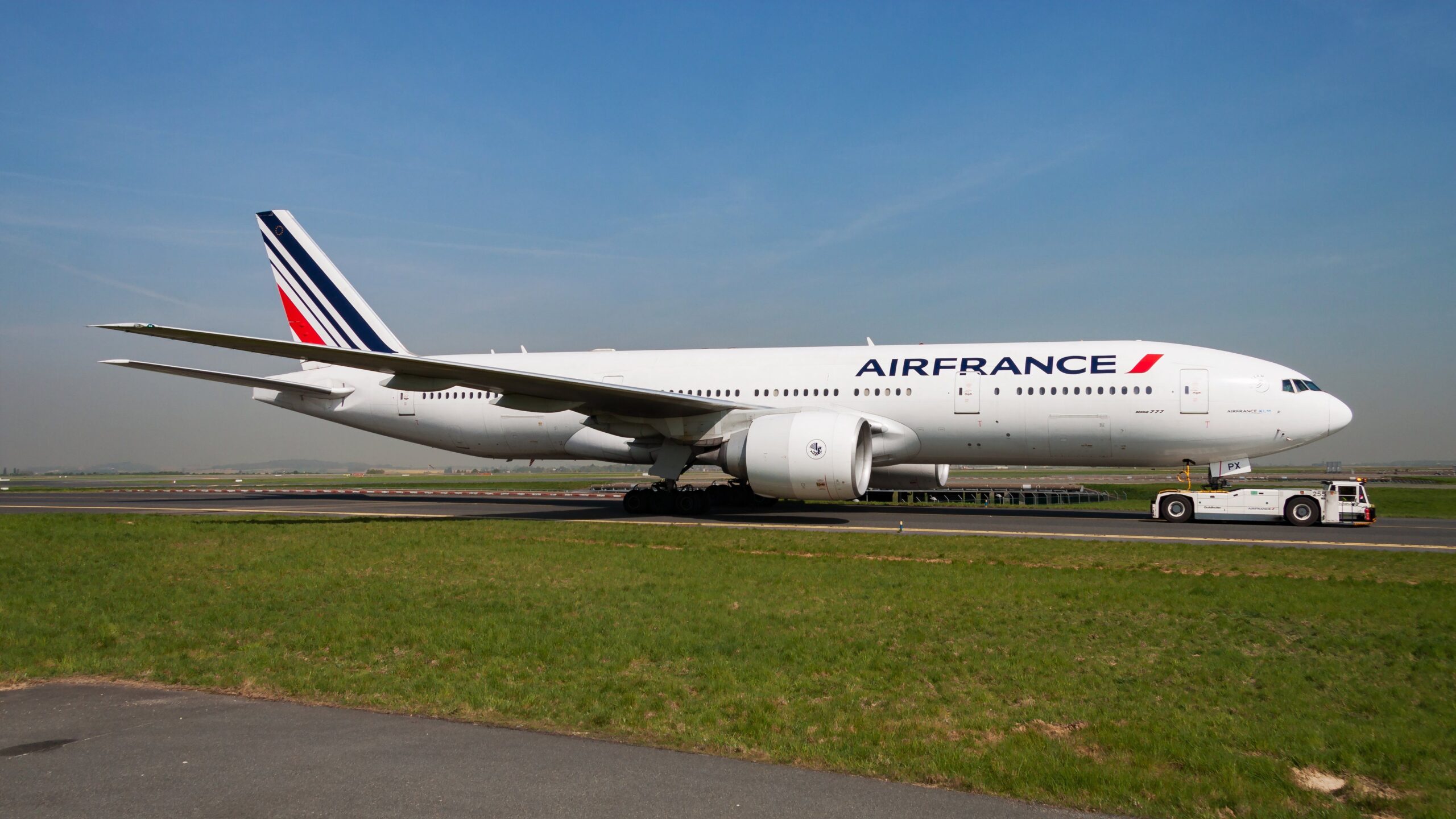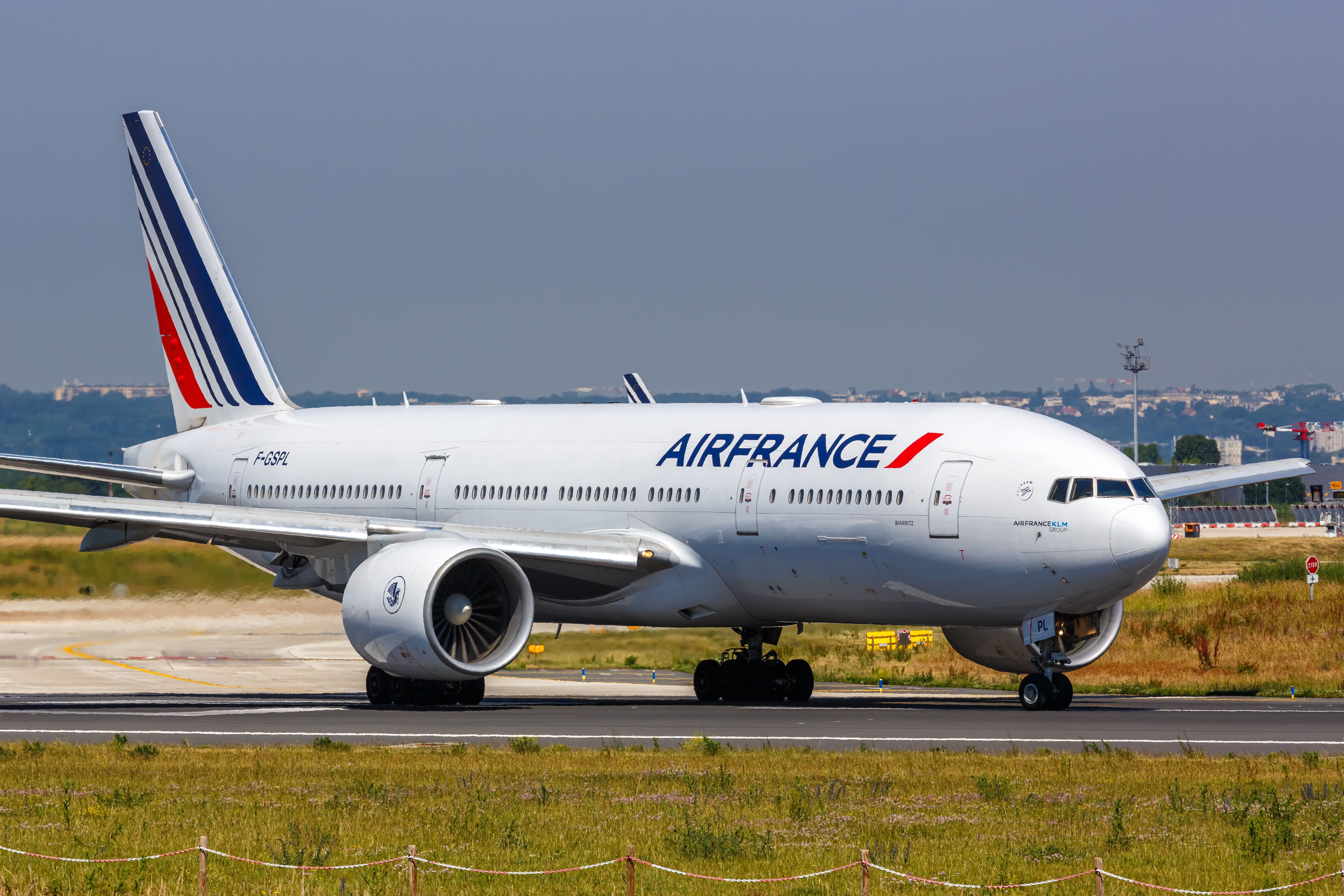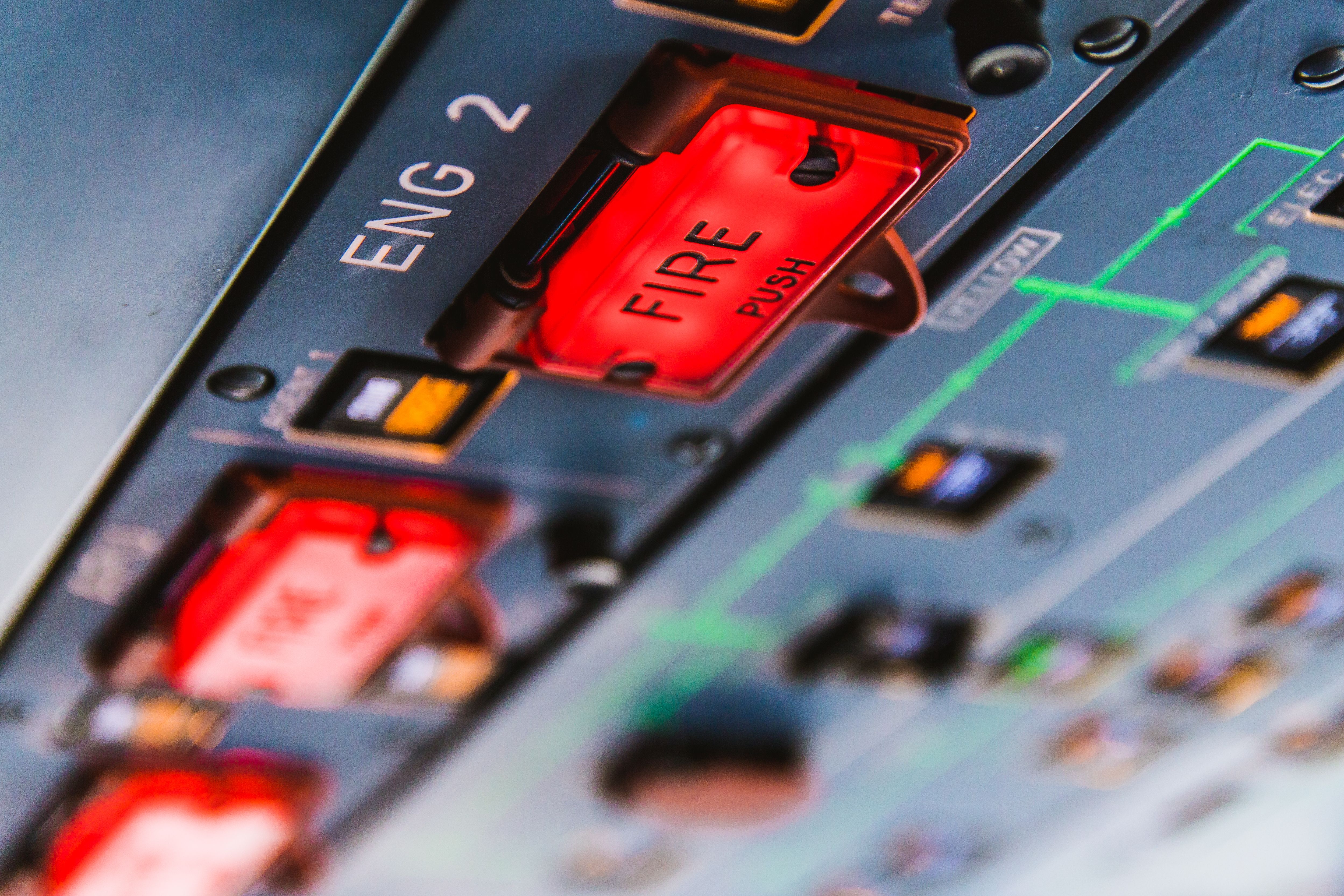Summary
- An emergency on Air France AF-21 due to smoke in the cockpit was safely diverted to Montreal following procedures.
- The cabin went dark, prompting a diversion; the flight was canceled, and passengers were rebooked on alternate flights.
- Smoke incidents are uncommon and treated urgently.
On May 9, an Air France Boeing 777-200, with registration F-GSPE and operating flight AF-21 from Los Angeles, CA (USA) to Paris Charles de Gaulle (France), experienced an emergency. The aircraft was about 120NM northwest of Montreal, QC (Canada), when the crew declared an emergency due to smoke in the cockpit and decided to divert to Montreal. Fortunately, the aircraft landed safely in Montreal about 25 minutes after the emergency was declared, and there were no reported injuries.
What happened on AF21?
According to reports by Avherald, diverting was based on the manufacturer’s procedures, the company’s instructions, and the precautionary principle. The aircraft landed in Montreal at 10:13 p.m. (local time), with firefighters in attendance, following all necessary procedures.
A passenger mentioned that the cabin went dark a few hours into the flight, prompting the crew to investigate the issue. The pilots then told the passengers that the aircraft would divert to Montreal.
Subsequently, the remaining flight was canceled, and passengers were rebooked on alternate flights.
Following the incident, the aircraft remained grounded in Montreal for approximately 62 hours before being positioned in Paris and resuming its regular service.
Simple Flying reached out for further comments but has yet to respond immediately.
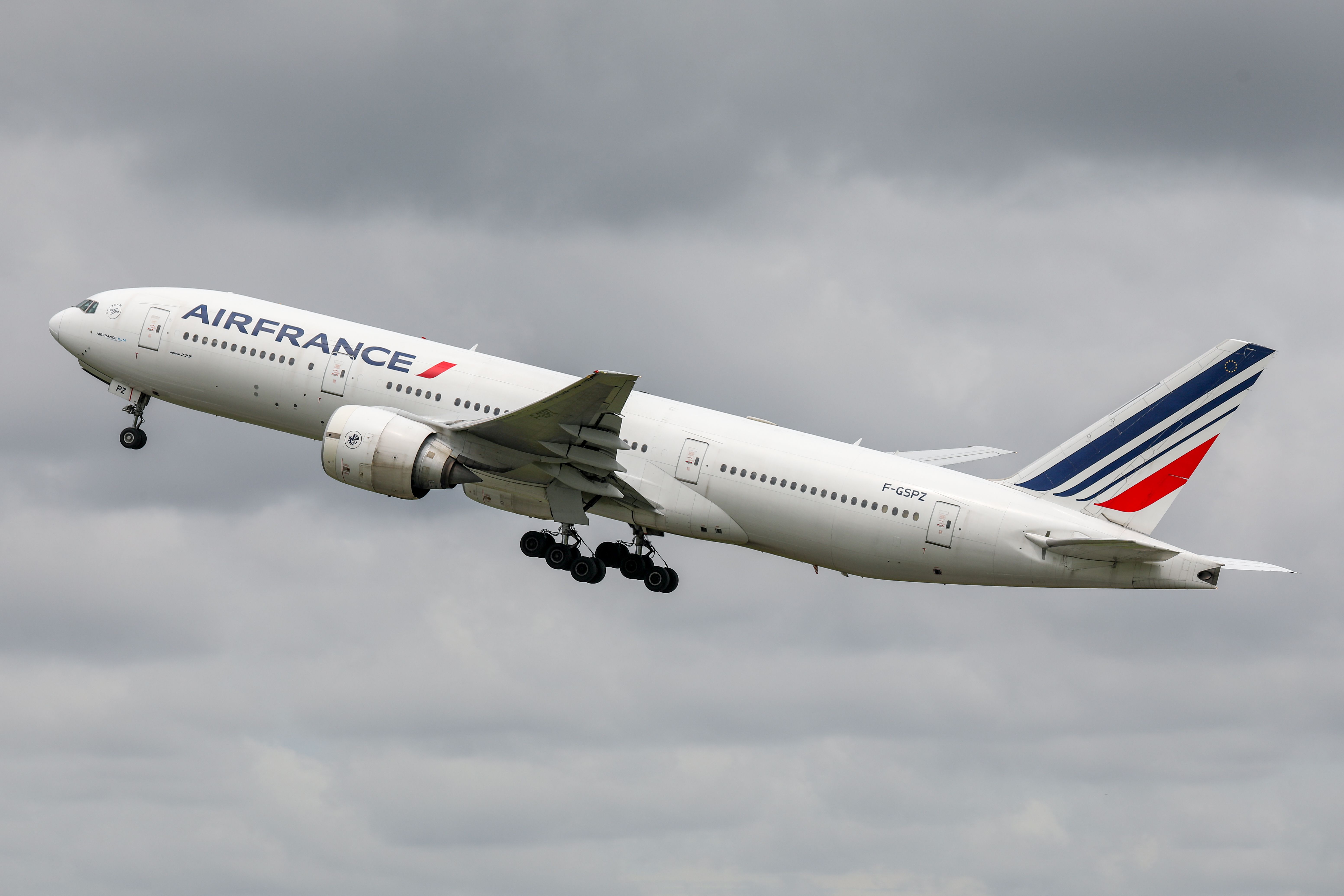
Related
Air France Boeing 777 Diverts To Montreal After Cabin Goes Dark
An Air France representative confirmed that the Boeing 777-200ER landed safely in Canada.
Why is every suspected smoke event treated so urgently?
Smoke in the cabin can indicate many potential issues, from overheating batteries to burnt food in the oven. But it can also indicate an actual fire. These rare emergencies, like Swissair Flight 111, which suffered an onboard fire in 1998, can have terrible consequences. Here is the rough timeline of the fight.
.jpg)
Related
24 Years Ago Today: Swissair Flight 111 Crashes Following An Inflight Fire
How faulty wiring caused the crash of Swissair Fight 111.
On September 2, 1998, just after 22:00 ADP, while the Macdonell Douglas MD11 was cruising over Yarmouth, the flight crew detected an odor in the cockpit, which they thought came from the aircon. Unbeknownst to the crew, it was due to an electrical fire linked to the brand-new IFE.
The crew was unaware of just how fast the fire had burnt through the cabin, destroying the flight controls and thus making the aircraft increasingly difficult to fly – eventually leading it to crash in the ocean near Halifax.
Since then, every smoke indication has triggered an immediate response from the cabin crew and flight deck, who will prepare everyone for an expedited landing at the nearest suitable airfield.
Events involving reports of smoke onboard, either by the detectors or by reports brought forward by crew members and passengers, are more common than most would think. There are a handful of these each year. Here are a few that occurred since January 1, 2024
While four flights in under six months may seem like a lot, in the grand scheme of things, thousands of flights take off and land without any issues each day.
Photo: ra.photo | Shutterstock
Cabin and flight deck crew undergo recurrent training to tackle inflight smoke events, partly due to the tragedy of Swissair 111.
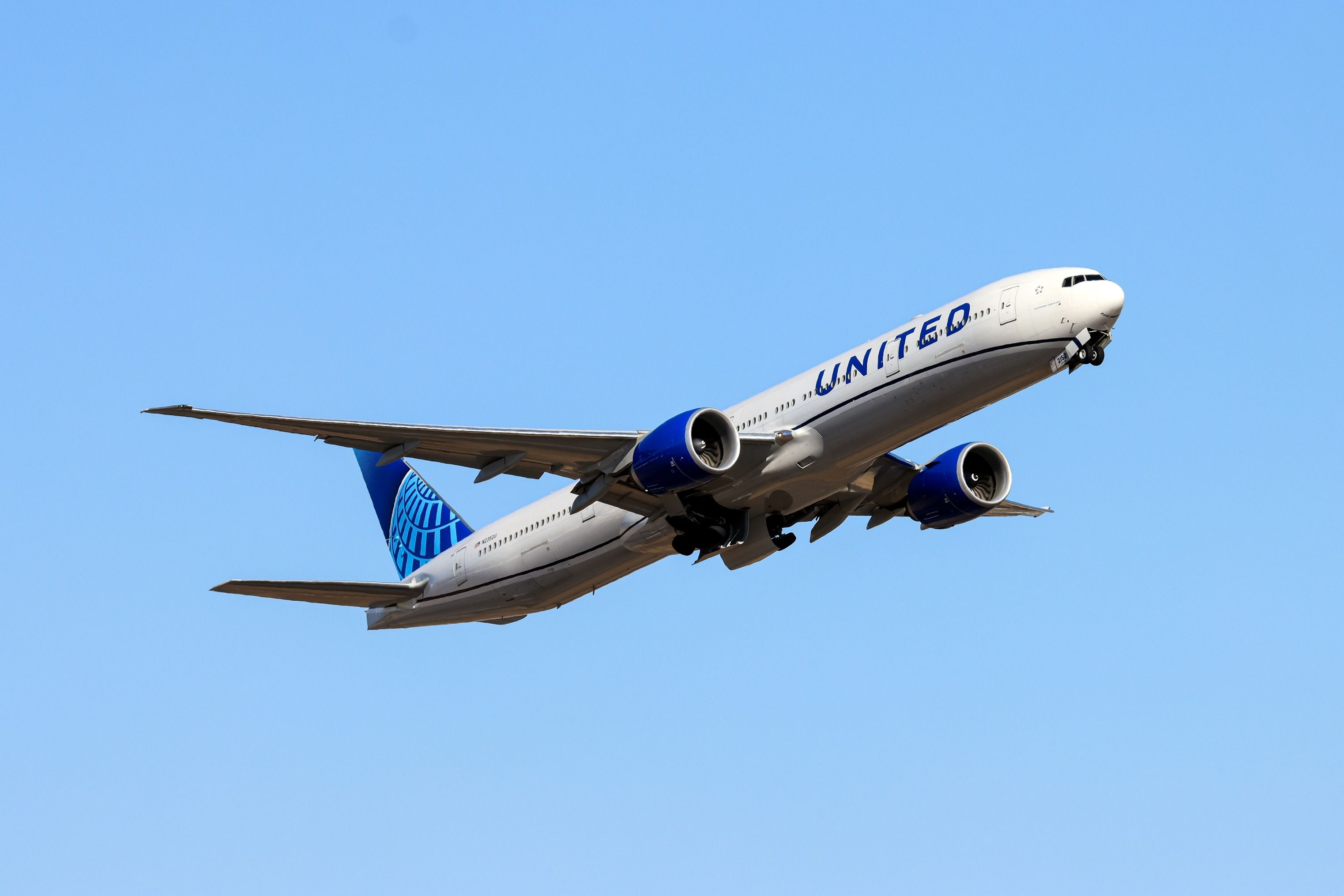
Related
Emergency Services Meet United Airlines Boeing 777 In Hong Kong Amid Smoke Indication
The aircraft was later forced to reject a takeoff due to smoke from its left-hand engine.
Despite these rare events, flying remains incredibly safe, and you are in good care when cruising at 45,000ft towards your next destination.
What do you think of this incident? Let us know in the comments.

